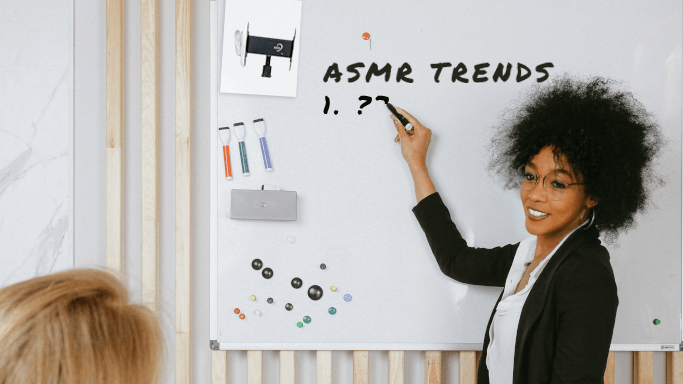
Ready to ride the sensory waves of 2023? Halfway through the year, and the ASMR universe is already brimming with fascinating trends. Are the classic triggers still tickling the senses or have newcomers stormed the auditory scene? How about the resurgence of old favorites? After all, in the realm of ASMR, what’s old can become new, and what’s new can become a sensation overnight. So, put on those comfy headphones, because you’re about to dive into the top 20 ASMR triggers making waves this year. Spoiler alert: you’re in for some tingling surprises! Buckle up, it’s time to embark on this mid-year auditory review!
What is ASMR?
ASMR (Autonomous Sensory Meridian Response) is a sensory phenomenon in which certain audio or visual stimuli can evoke a tingling sensation that typically starts from the scalp and moves down the spine. These stimuli, known as "triggers," can help people relax, de-stress, and even fall asleep.
